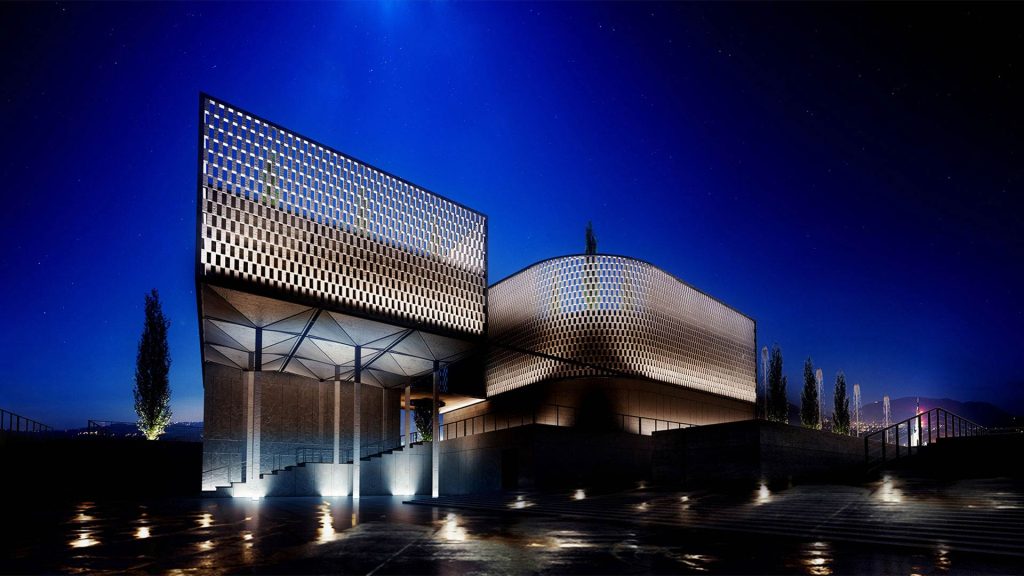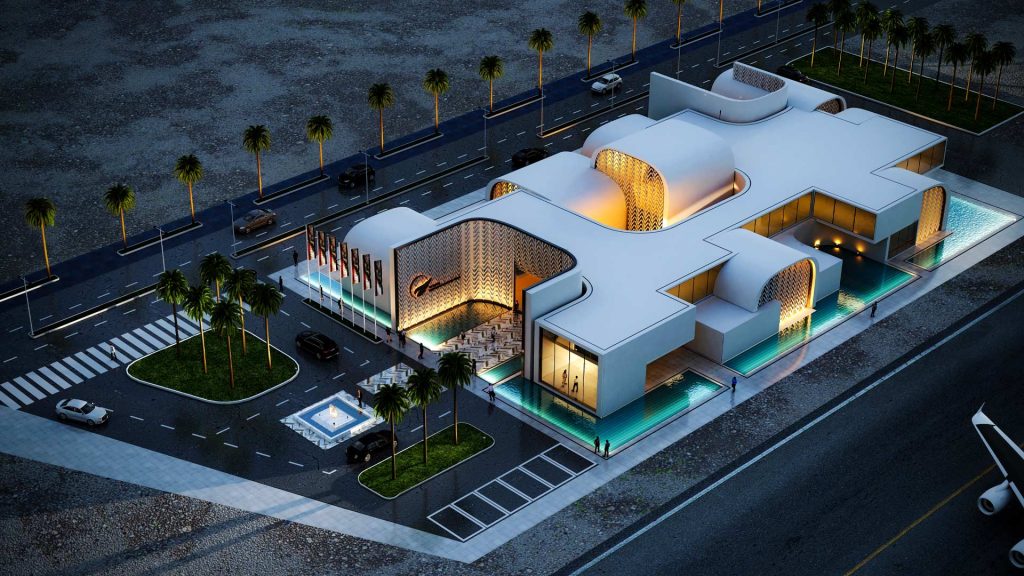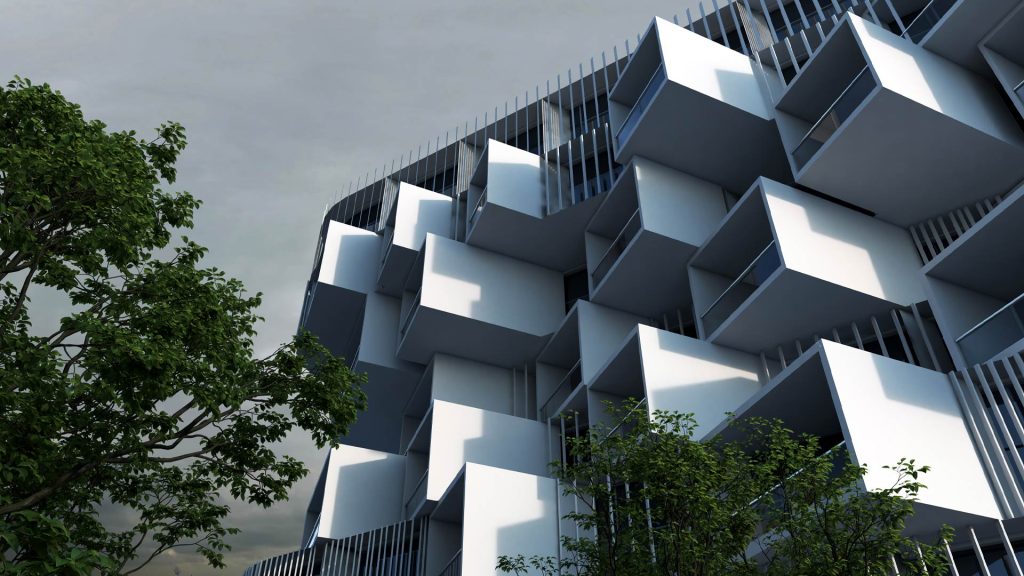
The word Atmosphere originates from ancient Greek words atmos meaning vapor, and sphaira meaning globe. Even this very basic philological glance at the word atmosphere reveals a lot about the reason why it is important to discuss it in architecture or any other discipline that relates to the space.
Atmos is vapor and scatters through the infinite space or the interstellar as it is called in astronomy unless it is affected by a strong field of gravity. Thus, not all globes – architectures – have a strong gravity around them to establish an atmosphere! On the other hand, there are very different atmospheres to imagine being established around a space or place. Some are vital, vivid and bright, while others even pestilential! It is in this philological sense that one could ask that if architecture is a globe, then what kind of architectural space can produce such a gravity that attracts and gathers all the vividness and life around it!
There is more to this philological parable: as the establishment of atmosphere around any planet is a most important basis for the formation of life, the planet does not produce life unless in synthesis with the atmosphere around it. Hence, we could see that the built architecture does not necessarily attract life around it. It is in this respect that we can assume the theory of atmosphere in architecture, as a theory that concerns with how architecture comes to life, by organizing the life around it. When the theory comes to deal with the design process, then the question is how to create such a gravity, whereas architects famous for atmospheric architectures each have different viewpoints on this matter.
Another viewpoint for discussing atmosphere in architecture is the way atmos surrounds the sphaira. It is interesting that it is said that atmospheric architecture in 20th century was born only when Bruno Taut visited the Shoiken Tea House 2 and conveyed his interpretation of the place to others who adopted the Japanese style in their modernist approach. This led to the creation of masterpieces such as Barcelona Pavilion by Mies Van der Rohe. Taut was astonished 3 by the way in and out were made relative, spectral and replaceable in Japanese architecture of space. This fact, which is known as a basis for atmosphere in architecture 4 , is defined by the way architecture fades into the surrounding landscape. This is the realm where atmospheric effects of the place become a thing; the same way atmos surrounds the sphaira. In other words if there is no mentionable design in an architecture defining in and out, and the thresholds in-between, then there is not much of atmosphere to talk about, although if one misunderstands this in terms of big openings and utmost glazed facades, then it would be helpful just to take a look at architectural works of ones such as Peter Zumthor, where the splendid atmosphere created in the space is never a straight relative of the openness of the building envelope or the amount of transparency, but a thing about the quality of how inside and outside are made relative and connected. Therefore, when talking about atmosphere one usually finds it common between different thinkers that atmosphere is more about quality rather than quantity.
The project`s special location, in the heart of Ab-Pari rainforest, and on top of its hillsides led MESH team to set for maximum transparency as the design`s main approach, and blend their usual concerns for experimental and eventful designs with this concept of transparency in ‘Hayat’ project. Different alternatives were sketched to achieve transparency in the external layer of the volume; then the results were evaluated considering material solutions and the subsequent results on architectural form.
Another challenge was to create a new type of lifestyle in relation to the terraces and how they are interconnected to the living spaces in flats. To achieve this, MESH team designed a sliding facade system that covers the terraces and makes their openness to the surrounding environment manageable.
In this way the flat owners can enjoy different views and spatial relations in their terraces and in relation with the surrounding nature. As a second scenario, by sliding away the picture windows, the interior living rooms are extended into terraces and fused with the outside directly.
It is helpful to have a review on approaches like structuralism, some branches of brutalism, soviet architecture, and some aspects of the Team10 group, where they also have made focuses on the relation between in and out, and the threshold as an important space of architecture to pay attention to. The defining difference is the fact that these approaches, despite their many differences, all were focused on social relations of human society as the criteria for evaluating architectural design in respect to the way it connects the inside and outside worlds.
A consequence was that the exemplary projects of these movements were mostly public spaces, public housings, urban zones, street life around dwelling areas, and city apartments. Some of these architects in their youth, 1950’s and 60’s, were even inspired by patterns they had discovered in middle-east and north African traditional dwellings, where the urban structure shaped by climate had no resemblance to what they already knew from Europe: the concepts of in and out, as well as public and private, closed and open were so interestingly relative that they tried to adopt some of them in their works of architecture. It is interesting that some of these works, Aldo Van Eyck’s Amsterdam orphanage being a best example, are masterpieces of their time. But this very project is a good example of how their discovery was not to be limited only to social aspects of architecture. It is just by looking at the photos of this orphanage that one finds there is something beyond human relations and human activities that frames the spaces and their views in this building, so that even without the presence of the children using the building, the images are astonishing; the way thresholds make a space between in and out, the way lintels are opened up to make the openings even more plastic, and the way cylindrical pillars define a space around the columns remind us of the atmosphere which is there, even without human presence. such a work of architecture not only succeeded in responding to the social needs of the project but also opened up a view to the theory of the architectural beauty in a way that was rarely seen at least during the century.






